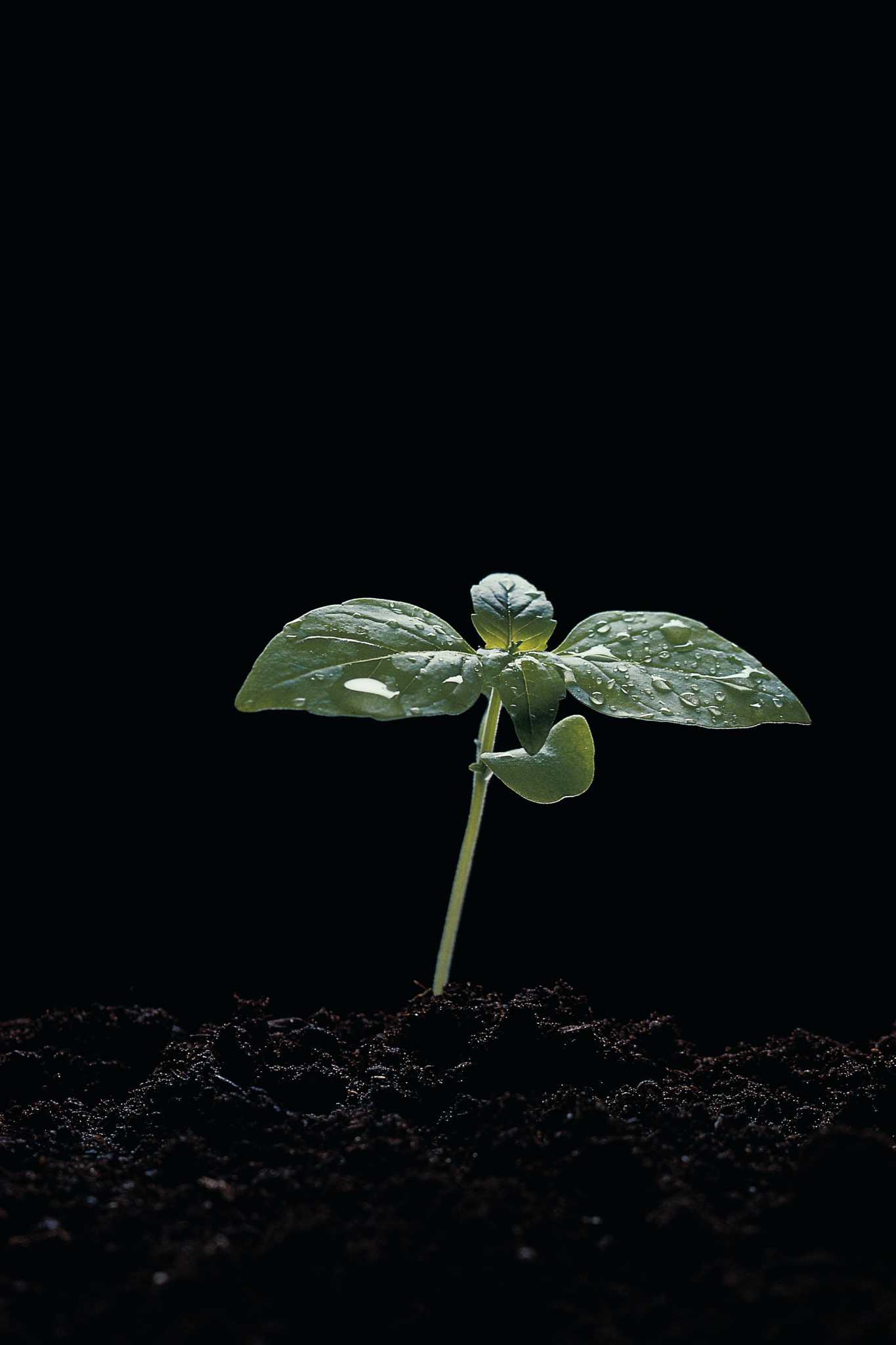andrewiles
Chumono
I'm trying some late summer and fall conifer collecting this year. Subalpine firs and larches. Seems bottom heat is almost universally agreed to be a Good Thing for early spring and fall collecting. But I can't find much more detail than that.
Are there any good resources that list species-specific root growth timeframes and ideal soil temperatures?
With a heat mat I can raise the soil temps 10-15F indefinitely. But it would be nice to understand if there is a target time window to apply the heat, and a sweet spot for the temps.
Are there any good resources that list species-specific root growth timeframes and ideal soil temperatures?
With a heat mat I can raise the soil temps 10-15F indefinitely. But it would be nice to understand if there is a target time window to apply the heat, and a sweet spot for the temps.



